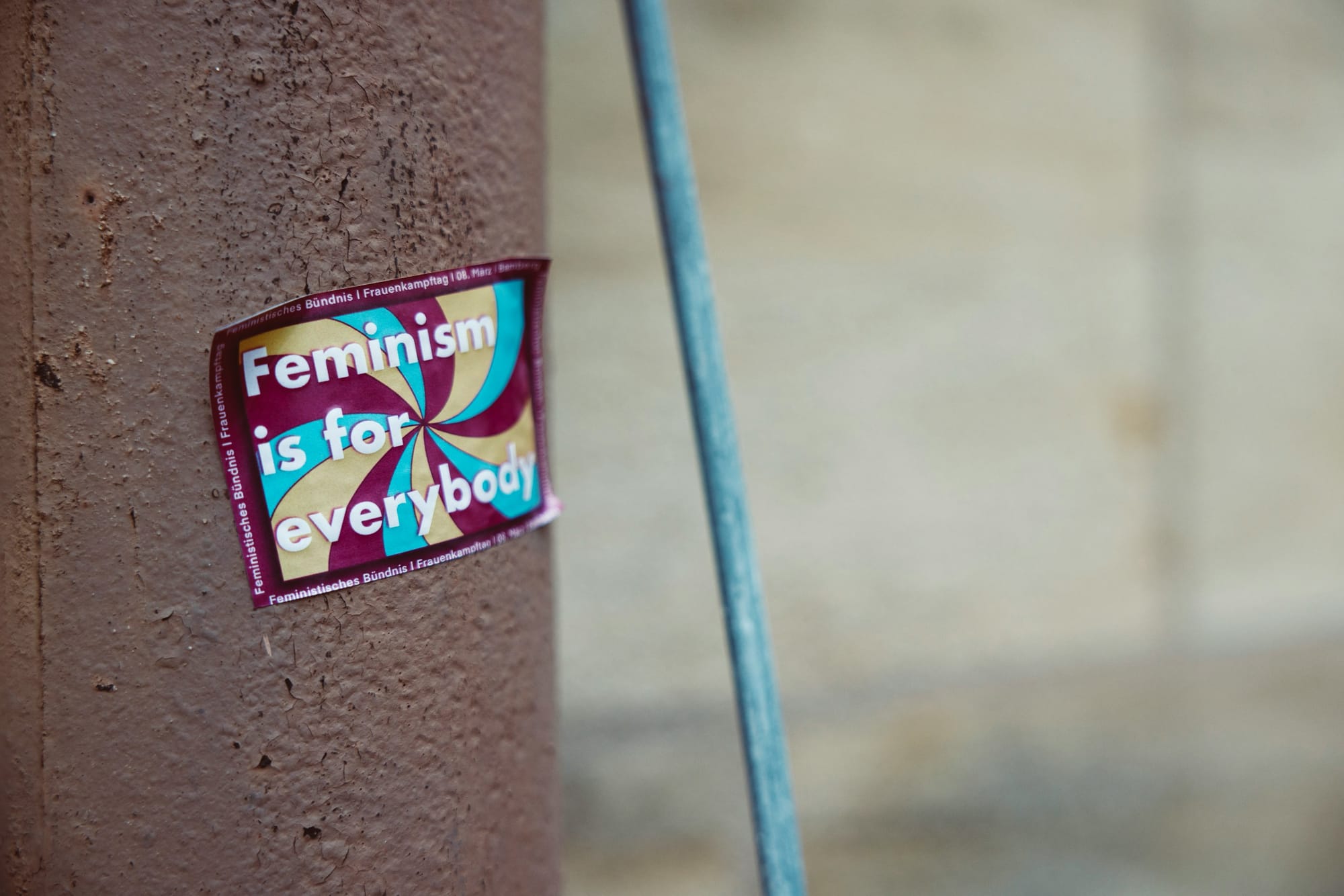
Why We All Need to Elevate the Feminine in Climate Work
Are masculine-dominated approaches to climate action working? Not really. If we want to have a chance at climate stability, we all need to elevate the feminine in climate work.
Are masculine-dominated approaches to climate action working? Not really. If we want to have a chance at climate stability, we all need to elevate the feminine in climate work.
Outline
Much of my career has been in male-dominated environments. I made the “error” of falling in love with solar energy and entering the energy space in my early 20s. I remember attending energy conferences where there were maybe 10 women in a sea of a few hundred men—this was intimidating to my 23-year-old self, to say the least. Fast-forward 25 years and while the climate work space has grown significantly, it’s still male-dominated. This is a problem, and not only for “diversity” reasons.
I am convinced, in fact, that if we don’t significantly elevate women and feminine ways of working in climate, we will not solve the problem of climate change. And this is not just some numbers game of needing “more” women, though that would be a start! The ways in which women turn up at work are critical to making it through this era of climate change and to averting the crisis.
Now, I want to clarify some terms. When I talk about the “feminine,” I am speaking specifically of learned and socialized ways of being, and not of how “men” or “women” are. In other words, this is not about some attributes tacked onto biological sex, which itself is not binary. Similarly, “masculine” and “feminine” are not binary concepts. Rather they exist on a spectrum. At the same time, this is a set of personal reflections, and I am writing as someone who identifies as a woman. This piece draws on my own work experiences across India, Sri Lanka, the U.K., and the U.S.
Let’s bring it back to climate work. In a recent post on LinkedIn, I mentioned the value of “care” in solving climate change. Of course, any person of any gender can care, but it’s usually women who have been socialized to turn up with care in the workplace. Who remembers birthdays at your workplace? Who organizes the Secret Santa or the holiday party? Who’s there for you when you’re really struggling, especially if you’re a woman? Chances are it’s not a man.
The core essence of climate work is to act with care for the planet. When care is not practiced, climate solutions can easily veer off track. To care for the planet starts with embedding care in our daily lives—at home, in our communities, and yes, at work. You’re much more likely to build a culture of care if you embrace feminine principles and have a gender-diverse workforce—and, critically, a gender-diverse leadership team.
In our climate fellowship program for professionals, Learning for Action, we have a class called “mental models for solving climate change.” This is my favorite class because I think it goes to the real heart of the problem. One of the mental models we cover contrasts relatively more “Yang” (taking action / the masculine principle) and “Yin” (reflecting, feeling, and orienting / the feminine principle) approaches to climate action. This does not map neatly onto your or my gender identities. This framing, I should acknowledge, was added to the class by my male colleague Seth Collins. Masculine approaches emphasize things like technology, “OKRs,” and metrics; the feminine emphasizes communication, community, and— critically—justice.
Right actions come from a balance between the two. But in a place of work, the masculine model is almost always given primacy. That very act then reduces the agency that many women feel and experience in the climate workspace. It makes them wonder if they belong, it makes it much harder for them to achieve leadership positions, and it makes them question whether their skills and contributions are of value. It partly explains why, in crucial climate sectors like energy, women make up less than 25% of the U.S. workforce. Or why, at COP28 in Dubai, just fifteen of the 133 world leaders present were women.
Climate work isn’t only about delivering mitigation. We’re already experiencing climate change and we have no choice but to adapt and build resilience. And, okay, here’s where I’m going to go low for a second: Can you imagine your male partners or colleagues making it through pregnancy or childbirth? Pffft! At the risk of edging into some biological determinism, I’d say that the female body bears and works through pain and suffering—whether or not you ever conceive or carry a child—in ways that men cannot understand. I did my Ph.D. field research in a post-disaster context, and let me tell you, it was the women holding it together and doing most of the hard work, even if the men acted like they were in charge. The importance of letting women lead resilience work is made even more stark when you consider the fact that 80% of people displaced by climate change are women.
Note that I’m not making an argument to replace all men with women in resilience-building. Rather, this is a call to be more intentionally inclusive because I can guarantee you’re missing some vital perspectives, capacities, and important work around resilience if you don’t. You’re also denying decision-making power to the majority of people affected by this crisis.
Being emotional—this is the hardest thing for women in the workplace and one for which we experience continuous gaslighting. It is universally perceived as “bad,” “unprofessional,” etc. to express emotion. It’s like you’re failing as a professional. I’d say this is almost exclusively applied to women in the workplace—men who are angry or aggressive are tolerated or even seen to be “strong.”
And yet it’s through expressing emotions that we form meaningful connections and bonds. To not lean into your emotions and support each other emotionally when doing climate work is a likely recipe for burnout. You can’t be paying attention to climate news and not experience some serious emotional distress. This carries into our work, as do all our other stresses, whether we want it to or not.
Granted, we don’t want to work in an environment where folks are having emotional meltdowns regularly, but it’s also true that positive—and honest—emotional connections at work will make you feel good about your job, see you through tough times, and make climate work sustainable for us all.
At the end of the day, we have to be honest with ourselves. Even with all the progress we’ve made, are emissions going down? Are our masculine-dominated approaches working? Are we succeeding in stopping climate change? Nope. We are not. So if we want to have a chance at climate stability, we all need to elevate the feminine in climate work.
More like this
So You're Ready to Step Up on Climate Action. Now What?
Folks ready to learn and do more about climate change have an array of options to get started. What are their respective pros and cons, and how does Terra.do stack up?
Our Next Cohort's Nickname Is the Manatees. Here's Why That's Special.
We've named each graduating class after animals at risk in our warming world, and we've just finished our first full lap through the alphabet.
Couldn’t We All Use More Storage?
Where are we going to put all that clean power from variable renewables like solar and wind? The world of batteries is already ramping up.

 Background
Background


